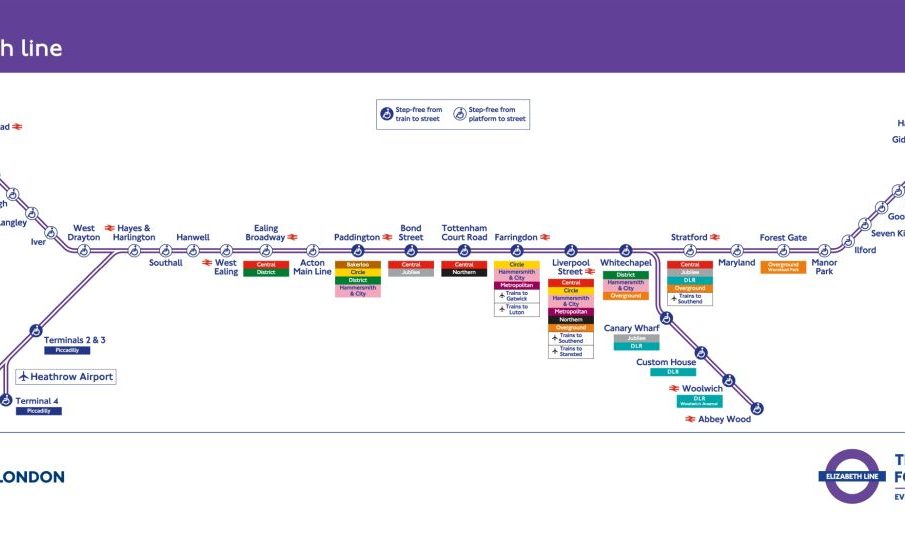Exploring the Impact of the Elizabeth Line on London Transport

Introduction to the Elizabeth Line
The Elizabeth Line, named in honour of Queen Elizabeth II, officially opened on May 24, 2022, and represents a significant advancement in London’s public transport network. Designed to ease congestion, improve efficiency, and enhance connectivity across the capital, its relevance is underscored by the increasing population and the growing demand for reliable transportation.
Key Features and Connectivity
The Elizabeth Line stretches over 100 kilometres from Reading and Heathrow in the west to Shenfield and Abbey Wood in the east, adding vital transport links to areas previously underserved by the train network. This new railway service includes 41 stations, with central London witnessing major upgrades at locations such as Paddington, Liverpool Street, and Canary Wharf. With the ability to carry 200 million passengers annually, the line significantly alleviates the pressure on existing rail services and the London Underground.
Economic Impact and Job Creation
The development of the Elizabeth Line is expected to provide a considerable economic boost to London and surrounding areas. According to estimates from Transport for London (TfL), the line could generate an additional £42 billion in economic output over the next decade. The construction phase alone created thousands of jobs, and the completed line continues to support local economies by improving access to jobs and services.
Environmental Considerations
In addition to improving travel for millions, the Elizabeth Line has a positive environmental impact. The service aims to promote public transport usage, thus reducing reliance on cars and lowering carbon emissions. It has been designed with sustainability in mind, featuring energy-efficient trains and infrastructure aimed at minimising the ecological footprint.
Conclusion and Future Prospects
The Elizabeth Line is reshaping the transport landscape of London, offering fast and reliable connections that support the city’s growth. Its significance extends beyond transportation; it is a catalyst for economic development, environmental sustainability, and employment opportunities. As passenger numbers continue to grow, the line is set to play an integral role in meeting the mobility needs of London’s diverse population. In the coming years, improvements and expansions may further enhance its efficiency and effectiveness, solidifying the Elizabeth Line’s status as a cornerstone of modern London transport.









